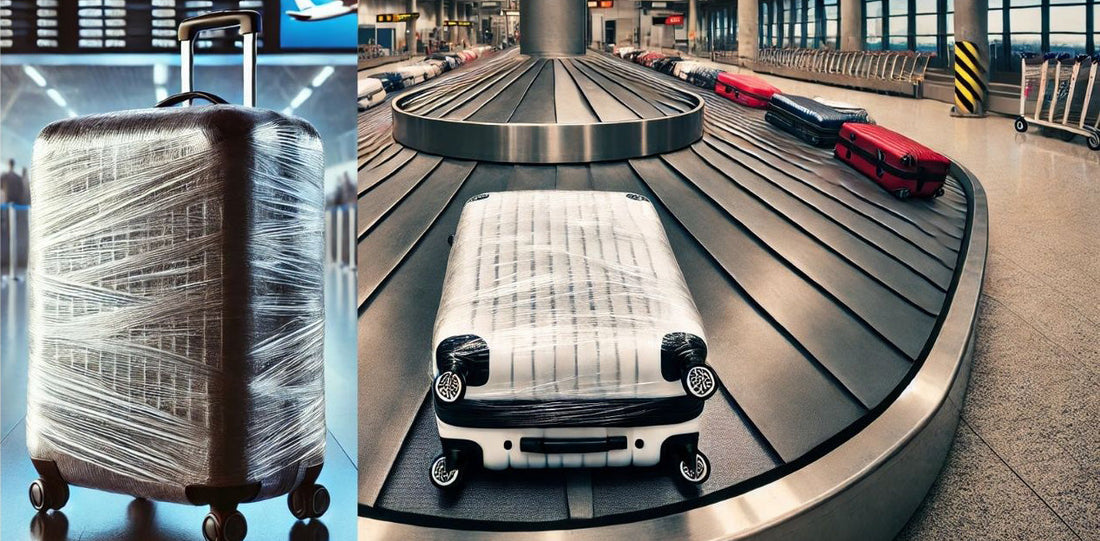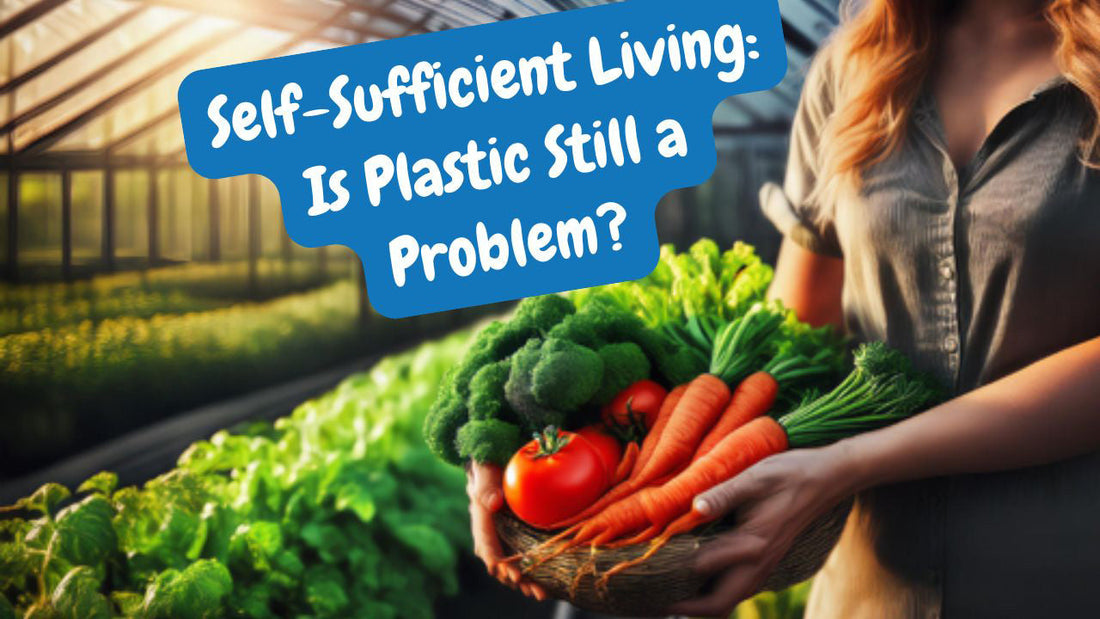We put Swedish Dishcloths to the test
Have you tried wiping your kitchen surfaces with a Swedish Dishcloth? I’ll let you in on a little secret . . . once you’ve tried a Swedish Dishcloth, it’s unlikely you go back to cleaning with a regular cloth again!
What the heck is a Swedish Dishcloth you ask — and what makes this cloth so special?
Swedish Dishcloths were invented in the mid-1900’s by Swedish engineer, Curt Lindquist. Lindquist discovered that when you mix natural cellulose and cotton, the material can absorb an incredible amount of weight — up to 15 times its own weight!
Swedish Dishcloths are like a regular reusable dishcloth. You can wash the cloths up to 200 times, just place them in the washing machine with your regular load of clothes. It's not necessary to hang these on the line, as they dry very quickly.
We don’t recommend placing Swedish dishcloths in the dryer, however should they accidentally end up in the dryer — they won’t be ruined. Simply add water to activate them again.
Unlike many dishcloths on the market today, Swedish Dishcloths are 100% free from microfibres (plastic), so when the cloth is starting to deteriorate, it’s safe to discard it into your home compost system.
That's as zero waste as you hope for!
WHAT IS A SWEDISH DISHCLOTH MADE FROM?
Swedish kitchen cloth material is made from 70% wood cellulose from FSC certified forests and 30% cotton. They are biodegradable, compostable and microfibre free!
And one more bonus — Swedish Dishcloths won’t leave streaks on your kitchen countertops.
DO SWEDISH DISHCLOTH PASS THE BIODEGRADABILITY TEST?
Okay so we’ve established they're great for cleaning, they are reusable, now what we really want to know is — do they live up to their “biodegradable” and “compostable” reputation, or are they simply another greenwashing product?
If you're not familiar with the term greenwashing, it's when manufacturers and marketers use terms like biodegradable and eco-friendly, when in fact the product may take hundreds of years to biodegrade, therefore not making them very eco-friendly at all.
There’s only one way to find if they're truly biodegradable, and that’s to put them into the bio-test patch and wait for the results.
If you’re not familiar with EORTH’s bio-test patch. It’s a small patch of dirt we use specifically for testing the biodegradability of products. It’s non-scientific . . . it's simply a test to see how a well a product breaks down if it had been littered in the environment. Hence, simply tossing it on top of the soil.
We’ve put several products to the test, some came up with a big fail and others went missing without a trace.
So how did our Swedish Dishcloths fare in the bio-test patch? Based on our test results a Swedish Dishcloth will take approximately 10 months to fully biodegrade and return back to nature.
If placed in a home composting system they will likely be gone within a few weeks. How do we know? We’ve added several to our home composting (Bokashi) system and have never seen a trace of them since!
There you have it, we can confirm this product is definitely not greenwash and lives up to it's biodegradable and compostable reputation!
Check out the Swedish dishcloth biodegradable results below:
We added the Swedish Dishcloth to our test patch in May, 2019 and it had completely biodegraded by February, 2020.
 |
 |
 |
| May 9, 2019 | January 19, 2020 | February 20, 2020 |
Swedish Dishcloths can be used for more than just cleaning the counter tops.
- Use to clean dishes or for pre-dishwashing
- Use instead of paper towels
- Use to clean glass and stainless steel surfaces
- Great for cleaning glass cooktops
- Add to the bottom of cut flowers to keep them hydrated when gifting
- Add to be bottom of a reusable container to keep your herbs and vegetables fresher, longer!
Swedish Dishcloths are:
- Reusable & quick drying
- Biodegradable & Compostable
- Machine washable





